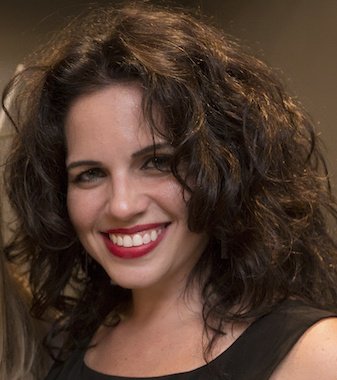Melissa Ramos Borges

This is no easy task, writing this report. How can I synthesize the frenzy of 3 days in less than 350 words? It is quite impossible, the experience requieres much more. Two weeks have passed since I arrived from Barcelona, and am still processing every ‘thing’ I was able to see, listen and learn.
I enjoyed the conferences, nonetheless, it was the institutions, exhibition spaces and museums that we visited which left an impression, especially the way items were presented and displayed. I have to hand it to the organizers, Barcelona is a challenge. A city known for its rich modernist architecture –Gaudí buildings being a major attraction – we got an opportunity to see a Barcelona that most tourists don’t. Hangar space was very revealing, 20 plus years operating as an artist studio cooperative, in a rescued factory, paving the way for newer projects like Fraba i Coats -also a rescued textile factory – incorporating the artistic and design class with the immediate community surrounding the buildings premises. Spaces were socially engaged art programs lead the discourse, which is later absorbed and incorporated to the ‘establishment’ museums.
On the other hand, Fundación Miró and Fundación Tapies, spaces were the legacies of these Catalan artists are preserved and promoted, served as a place of reflection, were ‘traditional art’ exhibition spaces open their doors to new proposals and discourses in curating and art. Similar to these foundations, was the Museu Nacional d'Art de Catalunya, a museum that exclusively displays artists from Catalunya. Although, there was very little time to visit this museum, I ran through four wings of the museum, which exhibited works from the Romanesque to the Modern period. Their recent exhibition, Picasso Románico, established a relationship between the works from the romanesque period and the development of cubism.
The rethinking of permanent collections, launching new theories and discourses with ‘old’ and ‘contemporary’ art is a way to delve out of the economic crisis some museums are facing. As an art historian who is reflecting on the discipline itself, these spaces and exhibitions help me re-think on how to teach, discuss and display objects and the effect they might have on the public that visits these.